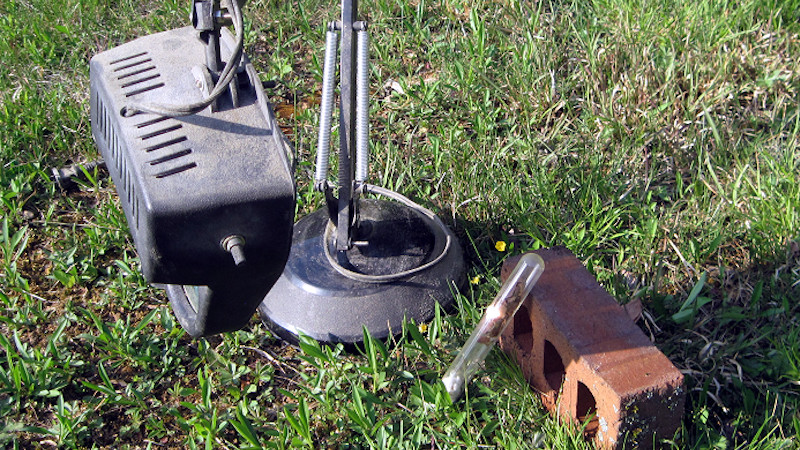
We’re all familiar with solar cells, be they photovoltaic, or for heating water. But they are only the more common ways of converting the sun’s energey into usable power, and to the extended list there is now an addition courtesy of [Dennis]. He’s using the sun to drive the pyrolysis of biomass waste, releasing hydrogen fuel.
For those who aren’t familiar with the chemistry, pyrolysis refers to chemical reactions triggered by heat. In this case, when organic biomass is heated in the absence of oxygen it breaks down and releases the gaseous products of that breakdown as well as a mass of carbon. The idea behind this pyrolysis cell is that a Fresnel lens will focus the sun on a reaction chamber, providing the required heat for the reaction to occur. A test with a magnifier and a test tube proves that there’s something in it.
Of course, sharp-eyed readers will notice that this isn’t quite in the same vein as other cells which convert the Sun’s energy into a usable form, in that while it provides an input of energy for the pyrolysis the chemical energy in the resulting gas comes mostly from the original biomass. There is a silver lining to the prospect of burning gas though, in that the left-over carbon can be incorporated into the soil as biochar, an effective carbon sink.
We’ve seen a project pursuing a similar chemistry before, though not using solar energy to do it.


No comments:
Post a Comment